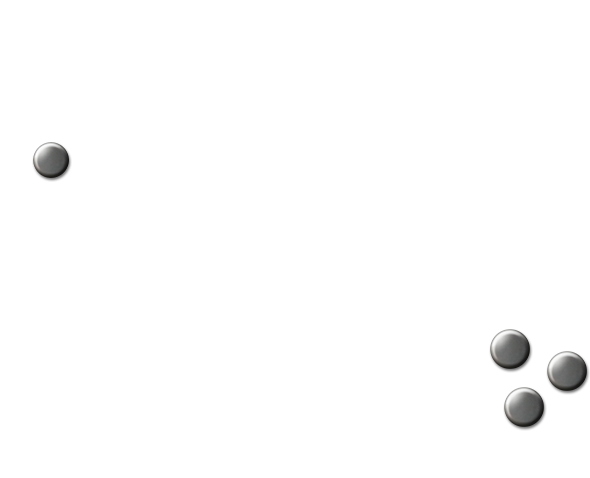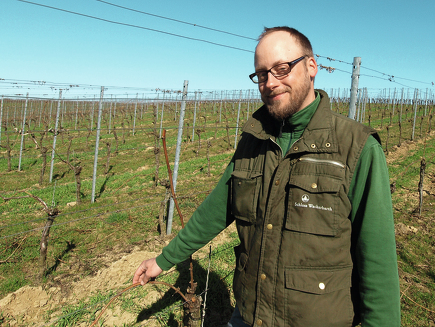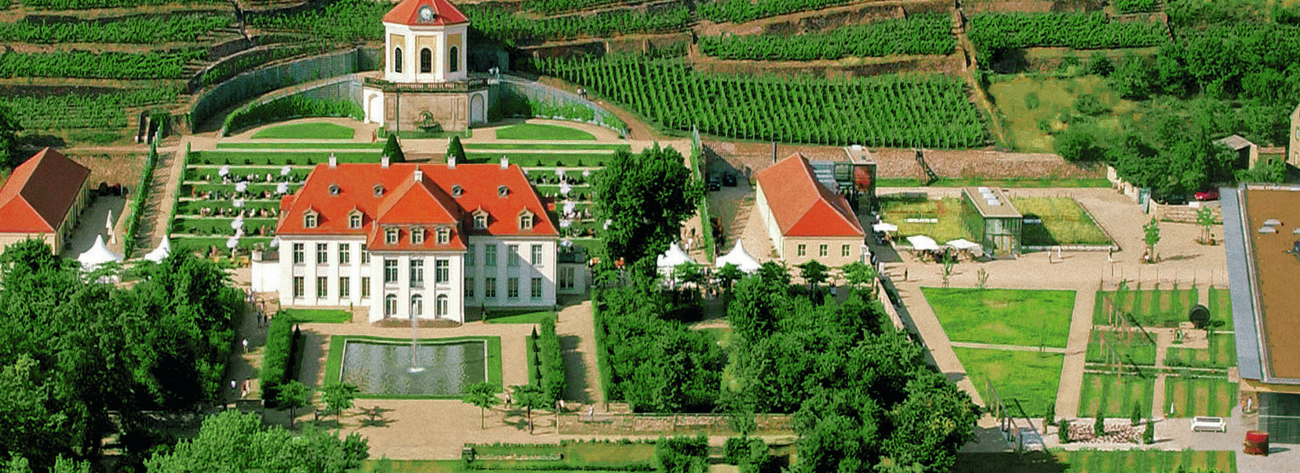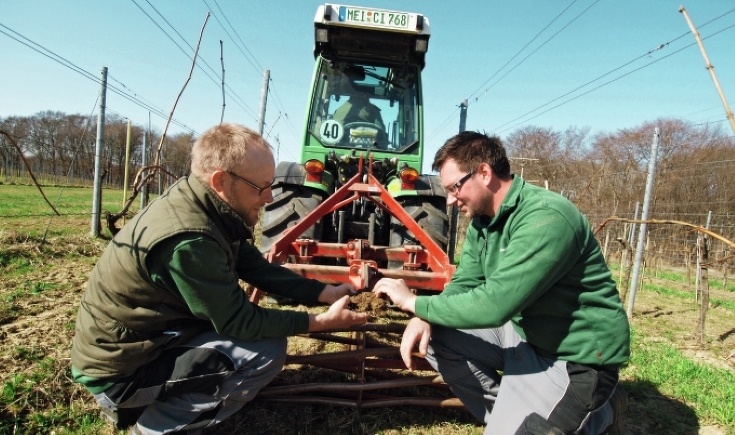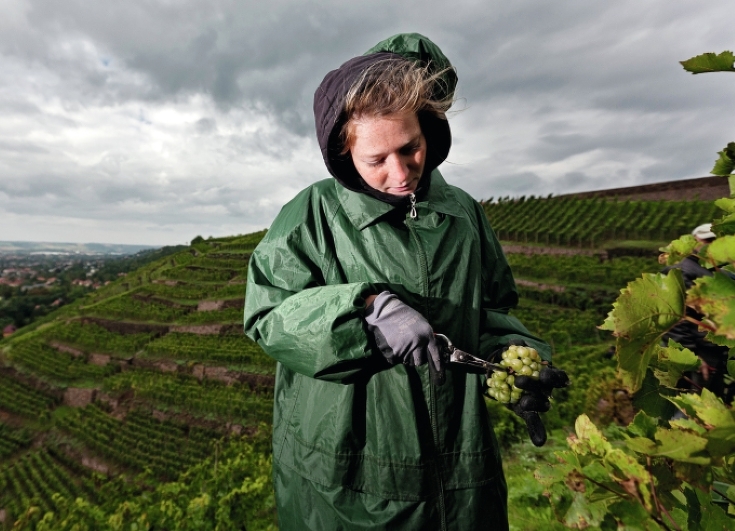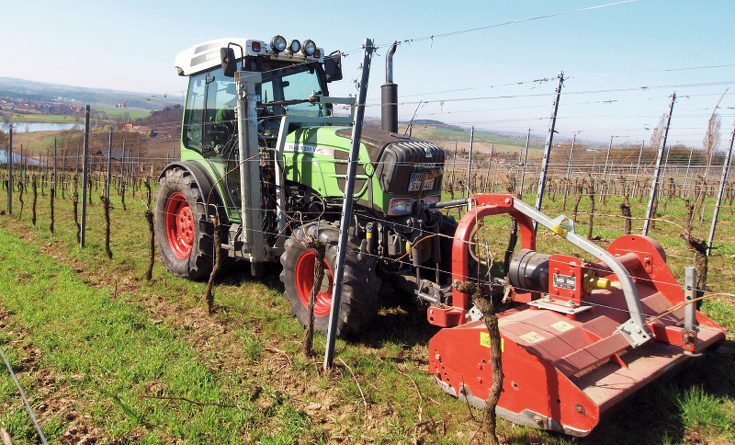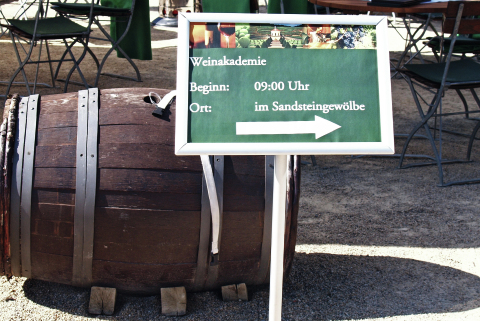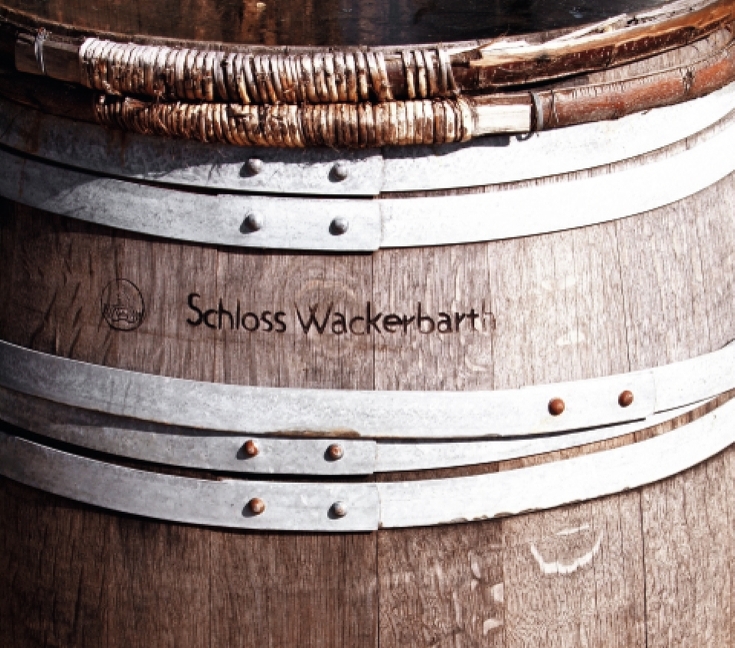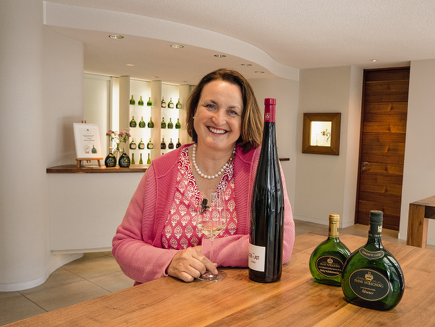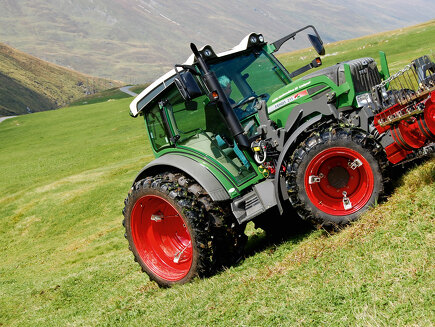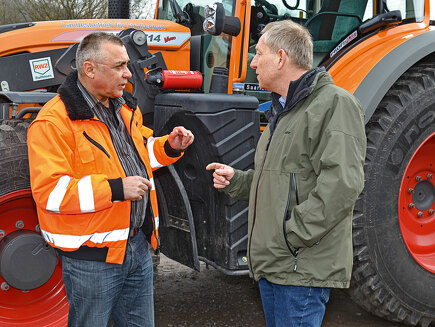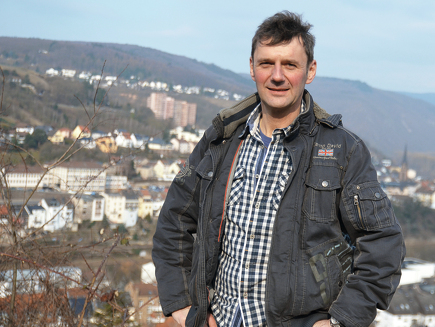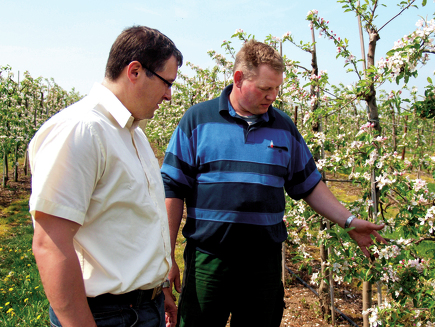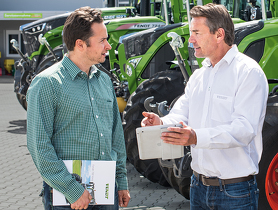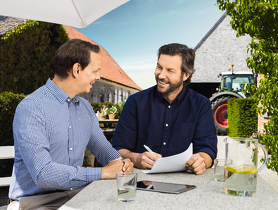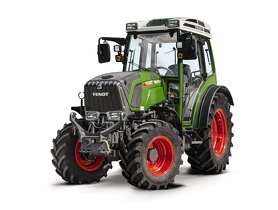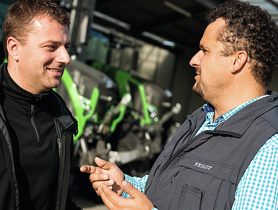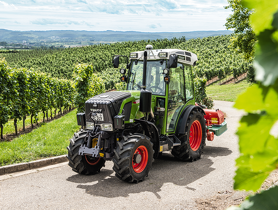August the Strong was the Elector of Saxony and King of Poland until 1733, and is said to have drank seven bottles of wine a day. Experts are now speculating that this wine had a lower alcohol content than today’s wines. But at least we can draw the conclusion that people long ago also enjoyed drinking wine, just like the wine-lovers from the Sächsisches Staatsweingut Schloss Wackerbarth today. Only the work in the vineyards was more difficult back then – because there were no specialty vineyard tractors from the Fendt brand at that time.
